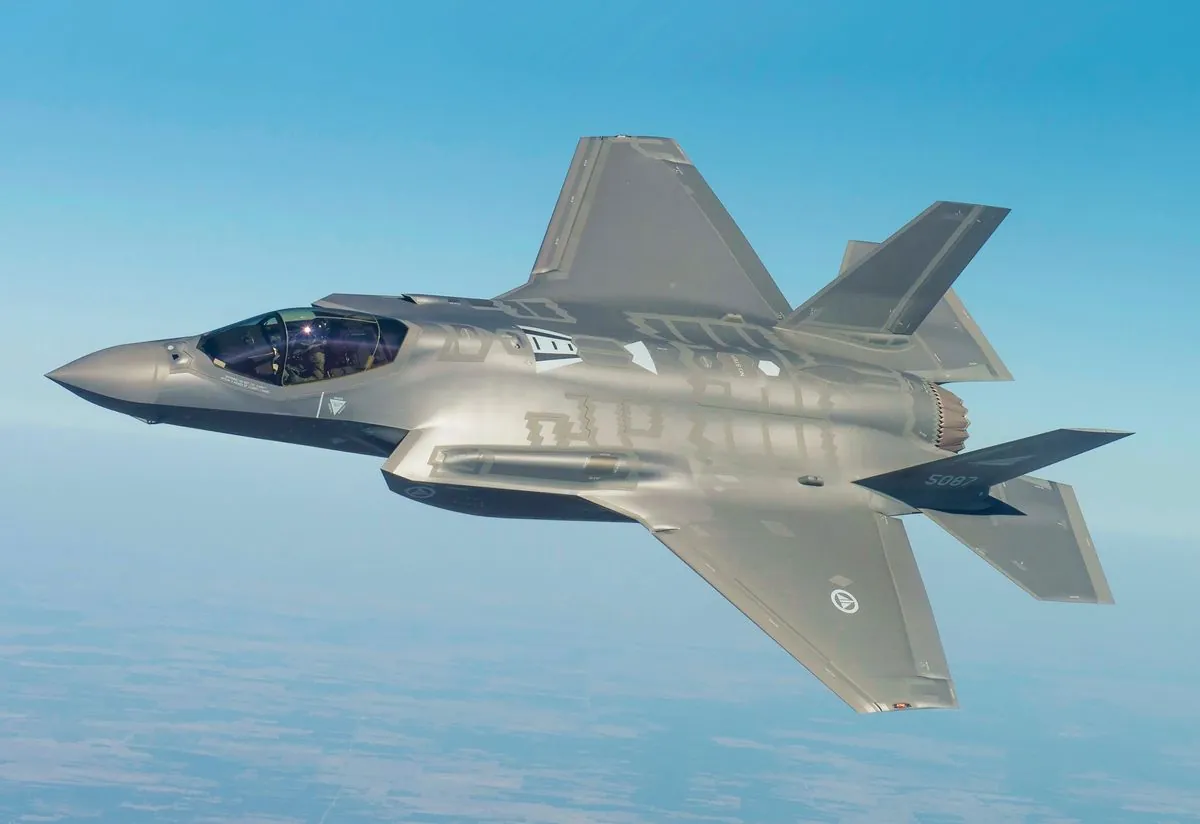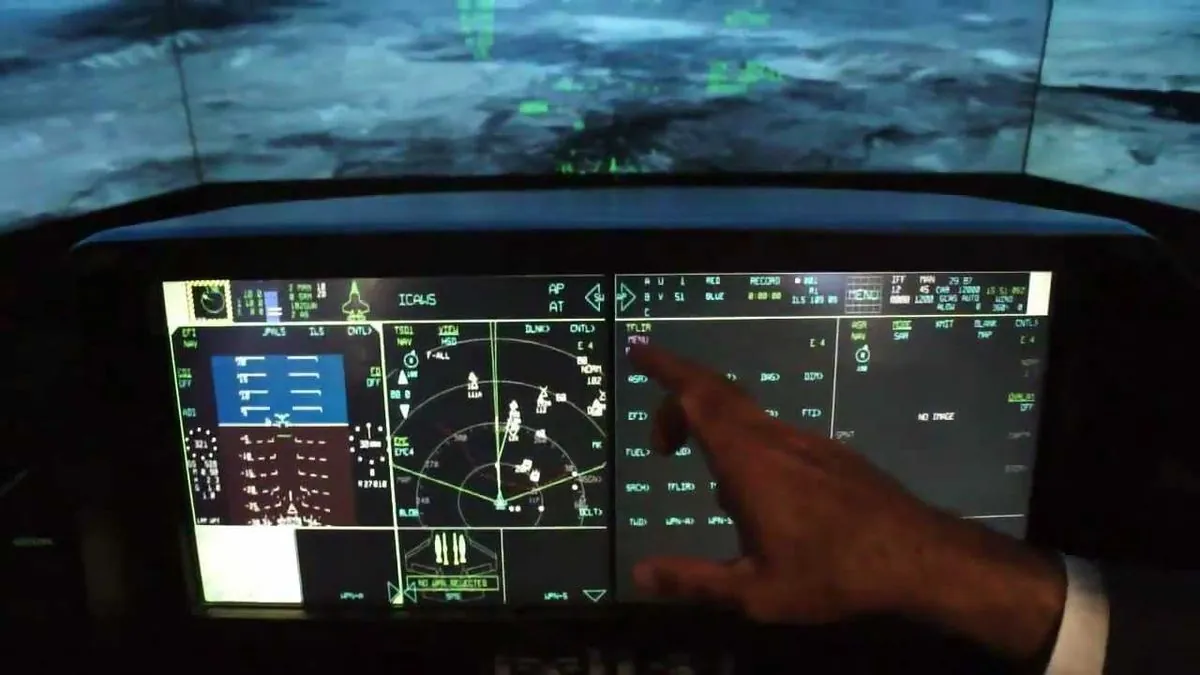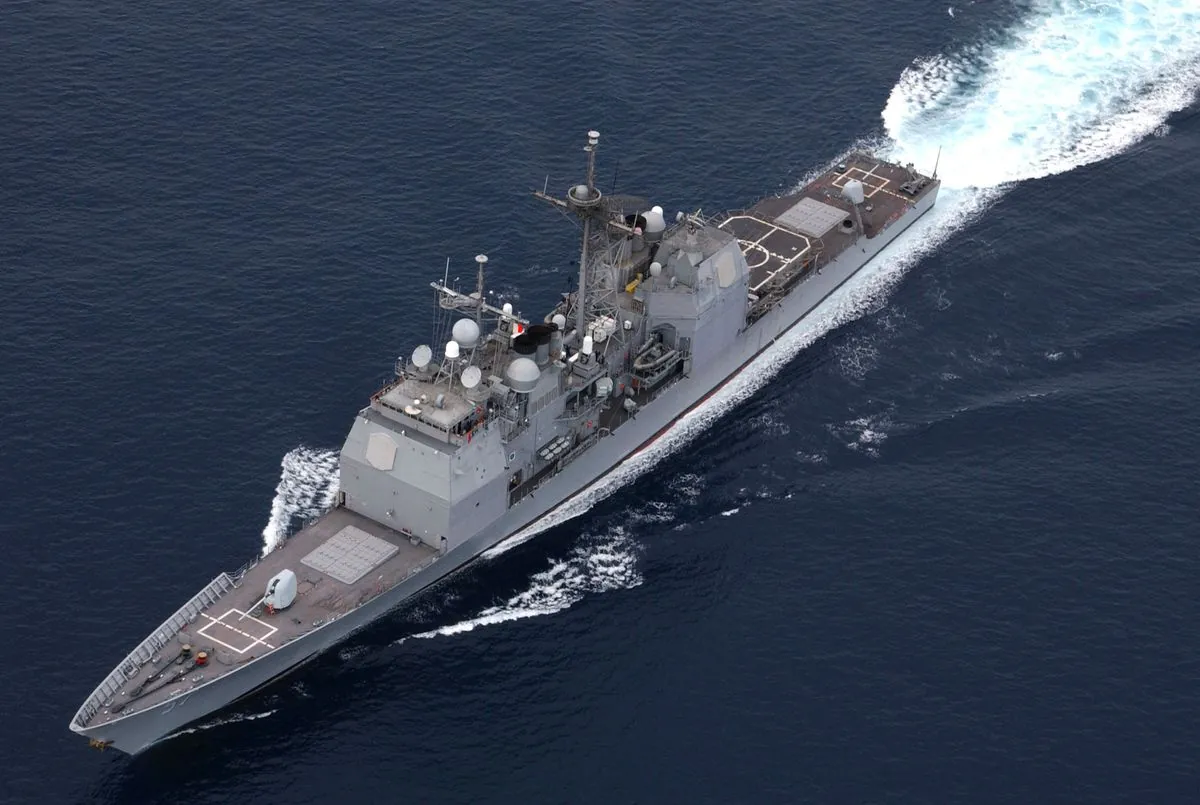U.S. Resumes F-35 Deliveries, Withholds $5M Per Jet Amid Upgrade Delays
The U.S. military has resumed F-35 jet deliveries but is withholding $5 million per aircraft due to delayed technology upgrades. This decision impacts Lockheed Martin's profit margins and delivery schedules.

The United States military has recommenced accepting deliveries of F-35 fighter jets, marking a significant development in the ongoing saga of this advanced aircraft program. However, a notable caveat accompanies this resumption: the U.S. government is retaining $5 million from the final payment for each jet until the completion of a long-overdue technology enhancement.
This decision, announced by the F-35 Joint Program Office, comes in the wake of a months-long pause in deliveries, despite the Technology Refresh 3 (TR-3) upgrade falling behind schedule. The TR-3 upgrade encompasses crucial software and hardware improvements, including enhanced displays, increased computer memory, and boosted processing capabilities.
The resumption of deliveries triggers payments to Lockheed Martin, the primary contractor for the F-35 program. However, the withholding of $5 million per aircraft is expected to impact the company's profit margins significantly. This financial pressure aims to expedite the resolution of the TR-3 delay, which Lockheed Martin has acknowledged may take several more months to address fully.

The F-35 program holds substantial importance for Lockheed Martin, contributing to 27% of the company's sales. The aerospace giant plans to deliver approximately 100 jets to the U.S. in 2024 and over 150 in 2025, underscoring the program's scale and significance.
"We have coordinated the terms and conditions with Lockheed Martin. As a portion of the agreement, approximately $5 million per aircraft is being withheld and will be released as combat capability is delivered."
The F-35 comes in three primary variants, each with its own price tag. The F-35A, designed for conventional takeoff and landing, averages $82.5 million per unit for deliveries scheduled between 2023 and 2025. The F-35B, capable of short takeoff and vertical landing, and the F-35C, tailored for aircraft carrier operations, are priced at an average of $109 million and $102.1 million, respectively.
Jim Taiclet, CEO of Lockheed Martin, emphasized the company's commitment to the F-35 program during a recent earnings call. He stated that the first TR-3 configured aircraft had been delivered to the customer and reaffirmed the expected delivery range of 75-110 F-35s for 2024.
The F-35 Lightning II, a single-seat, single-engine, all-weather stealth multirole combat aircraft, represents the pinnacle of modern fighter jet technology. Developed since 1992, it is designed to perform ground attack, aerial reconnaissance, and air defense missions. The program, while revolutionary, has faced criticism for cost overruns and delays, being the most expensive military weapons system in history.
Despite these challenges, the F-35 boasts impressive capabilities, including a top speed of Mach 1.6, a range of 2,800 kilometers, and advanced features like a panoramic touchscreen display and a voice-activated command system. Its stealth technology and internal weapons bay make it a formidable asset in modern warfare scenarios.
As Lockheed Martin works to resolve the current delivery delays, estimated to take between 12 and 18 months, the aerospace industry watches closely. The F-35 program's success is crucial not only for the U.S. military but also for several NATO members and close U.S. allies participating as partners in this ambitious international endeavor.


































